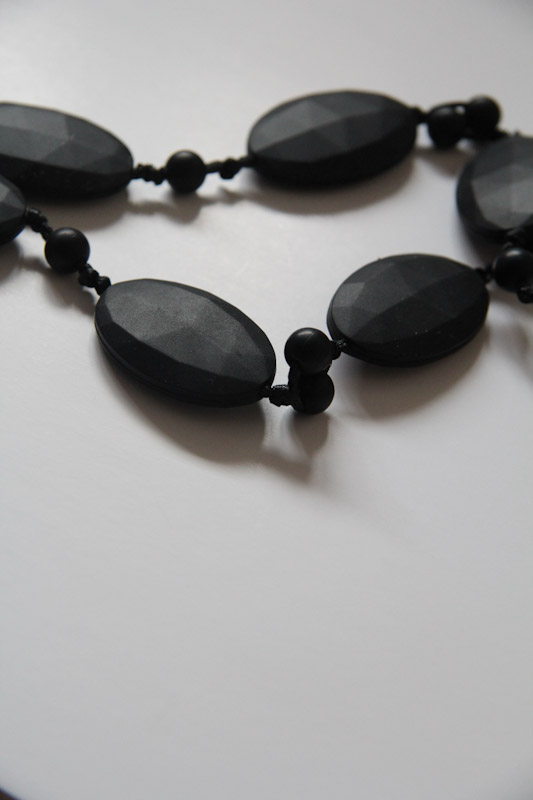Babies and toddlers have a tendency to chew on anything they can get their hands on including their hands! They suck on fingers, chew on sleeves and you may even spot them having a go at their collar. Mouthing, sucking and chewing is considered part of the developmental sequence for exploring and learning in children under the developmental age of two. The mouth serves as an extension of the hands in trying to figure out and make sense of physical objects in their environment. Images of The Homonculus representing the sensory cortex comes to mind.
Sucking on a pacifier or thumb helps the infant to calm and self soothe.But why does chewing and sucking occur in older children? What purpose does it serve the child to chew through the top of their pencil ? Chewing is activated by the largest cranial nerve (trigeminal nerve). This nerve has projections that are connected to the parasympathetic nervous system. This is the division of the nervous system responsible for slowing down heart rate, lowering blood pressure and promoting digestion. The trigeminal nerve also has branches to an area of the brainstem that is responsible for regulating the sleep-wake cycle, alertness and attention (the reticular formation). Chewing therefore improves levels of alertness and concentration. Sucking will also help to control levels of alertness. Chewing in a rhythmic, repetitive and uniform movement (chewing gum) with moderate pressure is linked to activating the reticular formation. The heavy work of biting and chewing forms part of the Proprioceptive system used by OTs to help infants and children calm and regulate.
If your child does chew and suck on non food items it is important to observe and figure out why the child is chewing. If it is to try and focus and attend then the rest of this blog is relevant. If your child appears to chew due to anxiety rather then to help herself attend and focus then it is important that the child’s reasons for anxiety is further explored and addressed together with your G.P. or Paediatrician.
To recap Biting, Sucking and Chewing …
- Is a strategy used to keep alert and focused. The “heavy” sensory input provided to the mouth and jaw when chewing (known as proprioception) can help calm the nervous system when overstimulated, nervous, or overwhelmed (like when adults bite their nails or bite the ends of their pencil)
- Can help pump up the nervous system when child is bored or beginning to feel unfocused and low energy. Children who are sensory seekers find it hard to sit in the classroom and are in need of additional sensory input. So chewing helps kids focus when they need to concentrate or block out distractions or stressors in their environment.
What can we do …
So how can we provide opportunities for the child to still access oral motor sensory input without destroying their clothing, stationery , damaging their teeth and biting their nails?
- Provide increased opportunities for Proprioceptive / “heavy work” input to the whole body each day. This can be done together with the guidance of your occupational therapist within the structure of a sensory diet.
- Provide opportunities for increase proprioceptive input to the mouth by eating crunchy and chewy foods and drinking thicker liquids through straws.
- Provide opportunities for increased proprioceptive input to the mouth through handheld, non-food items. Tools and toys that provide opportunities for blowing such as bubbles, whistles, blowing ping pong balls etc
- Provide opportunities for increased proprioceptive input to the mouth through wearing Chewelry …huh? These are kid-friendly necklaces and bracelets made specifically for older kids to chew. Chewable jewelry can be especially helpful for kids who chew their way through pencil tops or pieces of clothing while playing or learning.
I sometimes work in areas where the luxury of such items may be hard to come by. I also appreciate that parents may not always be able to fork out monies on the large number of tools that are needed to build on their child’s sensory diet box. So I’m always looking for ways to be cost effective practitioner.
I recently purchased these. This product is well made and beautiful to look at. Had I known about it I would have purchased these for myself when Big Y and Little M were in the chewing/teething stage. Its worn when babies and toddlers are going through their teething stages. It is BPA, PVC, Phthalates, Cadmium and Lead Free! Babe-Eeze is available from Clicks in South Africa and available under different brand names in Amazon
And I took the pieces from this item to make smaller individual chew fidgets to add to a ,sensory diet, and I now have in my sensory tool bag several affordable Chewelry pieces to pass on.
In this piece I used embroidery cotton as it is soft to the touch. You can use soft twine, ribbon or special elasticated string purchased at an art and craft shop or bead store. Measure it against the circumference of the child’s head so that it can go on and come off easily.
It is important that you are advised by an Occupational Therapist before implementing any strategies and/or tools to ensure your child is gaining maximum benefit from it.






